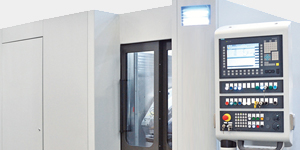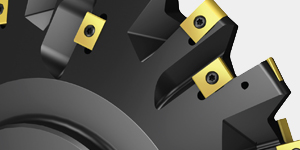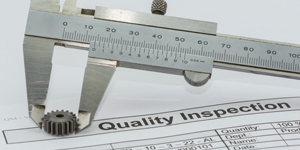A simple internet search for the term “racks” returns such items as industrial storage racks, server racks, pipe racks, pallet racks, and clothes racks. Clearly, these are not the racks that we are looking for in our industry. Modifying the search to “gear racks” returns such items as first responder gear racks, hunting gear racks, climbing gear racks, and roof racks. These are also not the racks we are referring to when we are designing components for linear motion applications.

The gear racks that we need are used to convert rotational motion into linear motion. The design of a gear rack is basically a bar with gear teeth machined into one face. From a technical viewpoint, a gear rack is a section of a theoretical spur gear with an infinite pitch radius.
The most common shape for a gear rack is that of a rectangular bar. The gear teeth can be straight tooth as shown in Figure 1, or the teeth can be helical as shown in Figure 2. Gear racks will vary in the number of teeth, depending on the pitch selected and the overall length desired. Racks can be supplied in many materials including mild steel, alloy steel, stainless steel, aluminum, brass, and many polymers. The material choice will be dependent on the operating environment and use conditions.

Stainless steel racks are suited for food applications; alloy steel is suited for high-speed, high-load applications. For metric racks, the typical face width of an industrial automation application will be 10 millimeters for each unit of pitch. As such, a module 2.5 gear rack will have a face width of 25 millimeters.
Another common shape for a gear rack is a square bar. As shown in Figure 3, the square rack uses less material, which allows it to be lighter in weight. The disadvantage of the square rack is that this reduction in material also allows for additional bowing of the rack under load.

Regardless of whether you select a rectangular cross section or a square cross section, both styles can have through or tapped holes added to the bottom or side faces to allow for screws to bolt the rack to the structure. Both square and rectangular racks can be heat treated and ground.
The third shape for gear racks is that of a round bar. As shown in Figure 4, round gear racks do not have a mounting surface. These racks cannot be hardened, as the process will distort the shape — and since the mounting surface does not exist, they cannot be straightened or ground finished. Round racks are limited in that they can only accept tapped holes on the ends of the rack.

The previously mentioned examples detail converting rotary motion to linear motion along a straight line. What happens when the linear motion needs to translate along a curve? One method is to take a straight rack and apply pressure to either the tooth face or the bottom face to cause the rack to have a radius. This method may be practical from a theoretical base; in practice, it is a terrible idea.

The preferred method is to cut the curved section of rack from an internal or external ring gear as shown in Figure 5. If the rack is pressed into the required shape instead of being cut from a ring gear, the residual stress from the bending operation will cause the rack to try to return to its original shape and the material opposite the bend will be significantly weakened.
An alternative to bending a straight rack or cutting it from a ring gear would be to wire EDM the rack from a plate. As shown in Figure 6, this is one way to achieve a curved rack section that does not introduce the stresses of bending and does not require the waste of material from a ring gear.
Regardless of the shape of the material, the design requirements of the application will determine the pitch size, the proper material, and hardening requirements.

For any rack design, you will also need to consider the limitations of the production equipment as they will determine the longest continuous length that can be produced.























